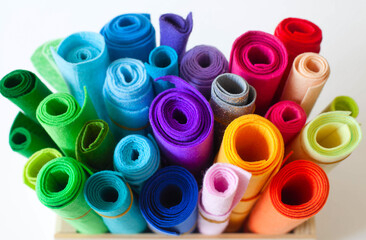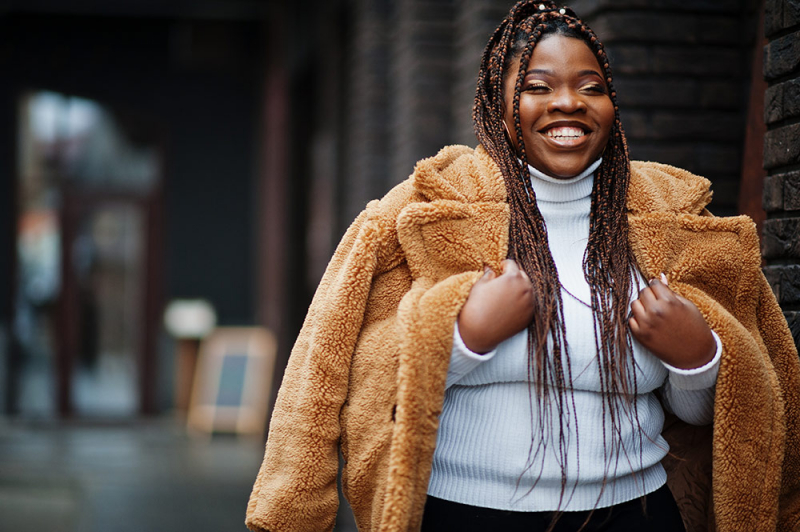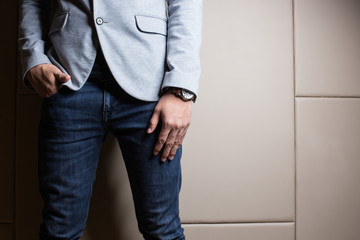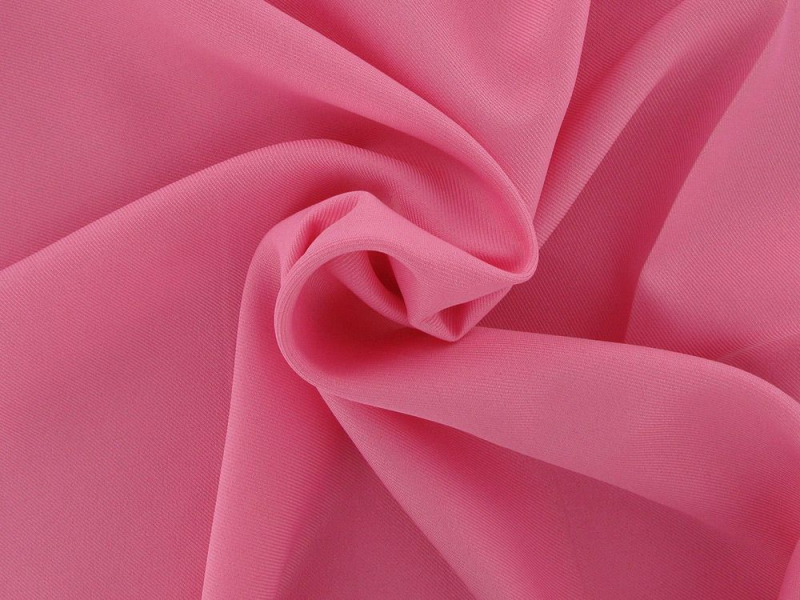What is Viscose Fabric? Exploring How It’s Made, Impact and Uses
There are many different types of fabric, including natural and synthetic options. One of the most popular materials and, in some cases, often misunderstood fabric is viscose or rayon.
Below, we look at some of the key aspects of viscose and explore how it is used in clothing manufacturing.
What is viscose, and where does it originate?
Viscose fabric or rayon fabric is a semi-synthetic material and was first produced in 1883. It was first used as a substitute for silk due to the similarities in drape and texture.
What is viscose material made from?
Viscose is made from wood pulp, typically from trees such as pine, beech and eucalyptus. The manufacturing process of viscose includes dissolving the wood into a pulp solution, which is then washed, cleaned and bleached. This solution is treated again to create fibres. The fibres are treated again to form regenerated cellulose that is spun into yarns for textile making.
Is viscose a natural material?
While viscose fabric is made from natural wood sources, creating yarns uses chemicals such as carbon disulphide and sodium hydroxide, making it a semi-synthetic material.
Viscose – the pros and cons
Viscose has long been used as a great alternative to silk. It’s cheaper to produce and blends well with other fabrics. Its lightweight composition drapes beautifully and has a soft texture, perfect for garment creation.
Here we explore the pros and cons of this versatile fabric:
Characteristics and pros of viscose:
- Lightweight
- Breathable
- Drapes
- Maintains shape
- Absorbent
- Comfortable
- Soft texture
- Durable
- Inexpensive
- Perfect for blending with other fabrics
Other slightly less positive traits of viscose fabric:
- May shrink when washed
- Material may weaken when wet
- Wrinkles easily
- Fibres may weaken due to exposure to light
While viscose has some negative aspects, the benefits outweigh these, especially when the material is washed and cared for correctly. However, one of the most significant talking points of viscose, and potentially one of the most important factors when choosing this material for garment construction, comes down to its impact on the planet.
Is viscose environmentally friendly?
The question - ‘how sustainable is viscose?’ can be challenging to answer. Viscose is made from natural wood pulp. However, the chemicals used in the extraction of wood pulp to make yarns can be harmful to the planet. For this reason, it’s known as semi-synthetic fabric.
In recent years, manufacturers of viscose are taking steps to improve the production of this material and use cleaner methods throughout the process. FSC-certified forests are also playing a part in providing sustainably managed resources. Newer versions of viscose such as Lyocell are a sustainable fabric option.
Another plus side of viscose – it’s biodegradable.
What types of clothes are made from viscose fabric?
Due to the versatility and texture of viscose, it is a popular option in clothing production. Its silky feel is ideal for designing viscose dresses including floaty viscose maxi dresses.
The look of viscose material makes it perfect for casual wear and formal attire such as viscose shirts and viscose trousers.
Viscose is also highly absorbent, making it the ideal material for activewear, such as viscose leggings and sports tops.
Many garment producers use viscose in summer collections due to its lightweight, airy and breathable properties.
How does viscose compare to other fabrics?
Take a look at some of the significant differences between viscose and other fabrics.
Viscose vs polyester - what is the difference between viscose and polyester?
Many people consider polyester and viscose similar fabrics. However, there are some notable differences between the two.
- Polyester is a synthetic fabric. In contrast, viscose is made with natural fibres and synthetic chemicals, making it semi-synthetic.
- Polyester does not wrinkle as easily and dries faster.
- Polyester is more robust than viscose.
- Polyester does not shrink.
- Viscose is more likely to pill compared to polyester.
Viscose vs cotton - what is the difference between viscose and cotton?
Viscose and cotton are both made with natural resources, but there are some differences between these materials:
- Cotton is more expensive to produce than viscose.
- Viscose is weaker compared to cotton, especially if the material is wet.
- Viscose dyes more easily.
- Viscose drapes well compared to cotton.
- There are more production steps and chemicals used in viscose production compared to cotton.
What to consider before purchasing viscose fabric
When buying any fabric, there are several considerations to make the best choice, and viscose is no exception. Take a look at some of the main areas to explore:
Quality of viscose fabric
Viscose is a soft and lightweight fabric, which is typically comfortable against the skin. The material is durable and works well for many types of garments, including dresses, blouses and trousers.
Colourfastness
Viscose fabric can be dyed easily and holds the colour well.
Shrinkage
Every fabric shrinks differently, and one of the disadvantages of viscose is that it may shrink once washed. When purchasing viscose, consider buying extra fabric or pre-shrunk options.
Washing viscose and care instructions
Viscose is a fabric that requires special care when washing. Typically most viscose garments are hand-wash or dry clean only due to delicate fibres.
The future of viscose fabric
Viscose is a popular and inexpensive way to produce different types of clothing. While there are some questions surrounding its production and long-term sustainability as a fabric option, many clothing producers take steps to create cleaner and greener processes.
As a fabric, it is versatile and lightweight, making it an ideal option for garments. Plus, its similarities to silk create an affordable yet luxury substitute.
Research also shows the market has a projected growth rate of 4% over the period 2021-2026, with key market trends indicating an increasing demand for woven fibres as a natural and biodegradable alternative to synthetic materials.
Viscose FAQs
Is viscose stretchy?
Viscose fabric is not stretchy or elastic. However, you can blend it with other materials such as elastane for a flexible composition.
Is viscose breathable?
Yes. Viscose is a breathable material, which makes it ideal for summer clothing.
Does viscose make you sweat?
Viscose is a lightweight, breathable material that doesn’t trap heat, so it should help reduce sweating.
Can you dye viscose?
Yes. Viscose is made from natural fibres so can be dyed.
Does viscose crease?
Viscose is a delicate fabric and creases easily. It is recommended to iron viscose at low temperatures or a the silk setting.
Is viscose vegan?
Viscose is technically vegan as it is made from wood pulp, a natural resource. However, some manufacturers use synthetic chemicals that may be harmful to the environment.






































